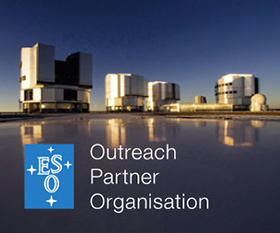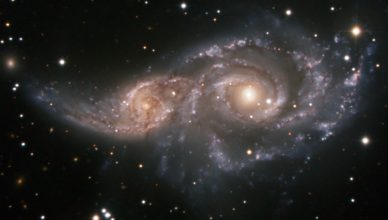
Indigenous star helps to understand the past of the Milky Way
Data from satellite TESS made possible the characterization and dating of a star from the Indus constellation, allowing for a better understanding of
Read more
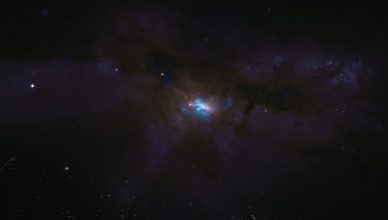
The turbulent life of two black holes caught in a galactic collision
The most detailed image of the material surrounding two supermassive black holes in a galaxy in the process of merging was obtained with the collaboration of a researcher now at the Instituto de Astrofísica e Ciências do Espaço (IA).
Read more
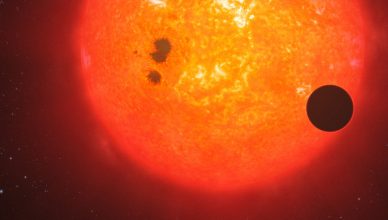
Unveiling new Earths among the “noise” of the stars
First data gathered with ESPRESSO, an instrument built with the participation of Instituto de Astrofísica e Ciências do Espaço (IA), help clarify a debate about an hypothetical planetary system.
Read more
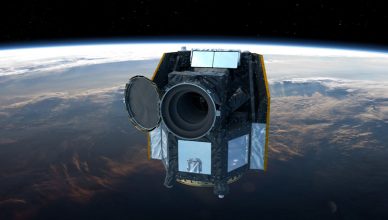
CHEOPS space telescope will be launched 17 December
Some members of Instituto de Astrofísica e Ciências do Espaço and DEIMOS Engenharia actively involved in this mission will be available at the Porto Planetarium, next 16th of December, at 14:00.
Read more
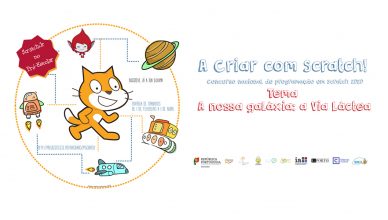
“Programming” our galaxy using Scratch
The Instituto de Astrofísica e Ciências do Espaço supports once more the national programming competition “A Criar com Scratch!” (Creating with Scratch!) setting
Read more
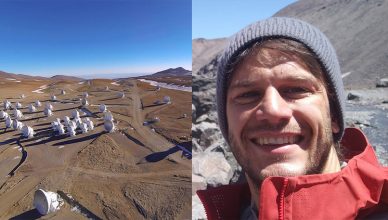
Breakthrough is also Portuguese
Researcher of Instituto de Astrofísica e Ciências do Espaço (IA) shares one of the most prestigious awards in Physics for his contribution to the first direct image of a black hole.
Read more
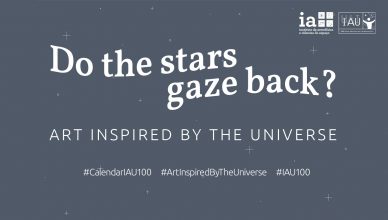
December calendar recalls the art inspired by the Universe
Throughout December, IA suggests a journey through artistic and cultural works inspired by the Universe, recalling key moments in the history of Astronomy and Space exploration that happened in the past in December.
Read more
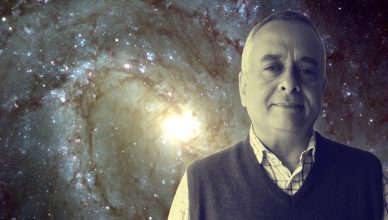
Rui Agostinho, recognized by a path dedicated to Astronomy outreach
Through teaching, research and outreach, Rui Agostinho, a researcher from Instituto de Astrofísica e Ciências do Espaço (IA) and a teacher at the
Read more

